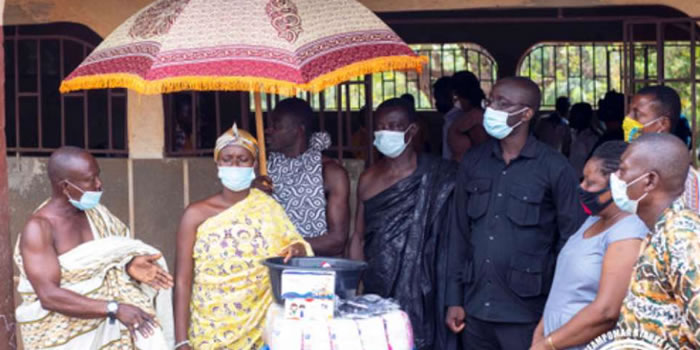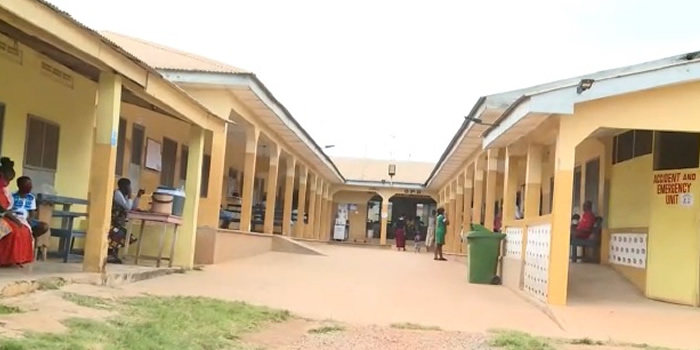

The management of Education in the District, like any other Districts in Ghana, is the responsibility of the Ghana Education Service-District Office. The District Education Service operates in all the communities in the District through the seven circuits. The table below indicates the number of educational facilities per / circuit.
The district has a total of 109 pre-schools, 111 primary schools, 84 J.S.S and 7 second cycle institutions. Scattered in all the seven educational circuits. Agona circuit has a total of 53 institutions forming 26% of the total institutions in the district. This is because it is the largest circuit. This is followed by Jamasi with 17%.
There are 3 main stakeholders in the educational delivery. These are; Government acting through the D.A. /G.E.S., the private and the missions/religious bodies. From the table, it is clear that, the efforts of the religious institutions in educational delivery cannot be underestimated It will therefore be very important to formulate policies to encourage much involvement by all other stakeholders.
Enrollment Levels
The enrolment levels in the various cycles have increased over the years. The next table indicates the trend of enrolments.
From the table it is clear that enrolment has increased for both males and females in all the cycles. The 2006 increase at the basic level can be attributed to the Government’s Capitation Grant policy. There is therefore the need to formulate policies that will improve upon the levels.
Drop out rates
Even though enrolment has increased over the years, there has been some drop out of pupils at the various levels of the educational ladder. During the 2003/2004 academic year, a total of 28 pupils dropped out at the K.G. level with 12 being males and 16 being females. Even though the above figures are on the lower side, it implies the need for effective policies to keep females in schools.
At the primary school level, out of the total 19270 pupils promoted, 10301 were males forming 53% and 8909 females forming 47%. At the same period, there was a dropout rate of 66.9% for males and 33.1% for females. The dropout rate at JSS level is however 0.7% for males and 0.7% for females.
Academic Performance
Academic performance at all levels improved over the years. In the year 2002, 1199 number passed in six subjects out of the 1942 presented for the B.E.C.E. examination.
The performance increased encouragingly in the 2005. Out of 2243 presented for the B.E.C.E 1595 Passed in six (6) subjects. This can be attributed to the improvement in both teaching and learning environment.
Teacher Enrollment /staff Strengths.
The district has a total of 1623 teachers in the public institutions and 231 in the private institutions. In the public schools, 1283 of the total teachers are trained and 340 are untrained. At the private institutions, there are 30 trained and 201 untrained teachers.
Special School
The district has a Special School For the Deaf at Jamasi which runs primary and JSS programmes. The table below depicts the enrolment situation and staff strength of the institution.
Educational Infrastructure
Over the years, the district has been spending a chunk of its budgetary allocation to either the provision of new educational infrastructure or the rehabilitation of existing structures. Other interventions like District Town IV have increased the number of existing infrastructure in the educational sector.
Date Created : 11/24/2017 5:38:31 AM











 facebook
facebook
 twitter
twitter
 Youtube
Youtube
 +233 593 831 280
+233 593 831 280 0800 430 430
0800 430 430 GPS: GE-231-4383
GPS: GE-231-4383 info@ghanadistricts.com
info@ghanadistricts.com Box GP1044, Accra, Ghana
Box GP1044, Accra, Ghana